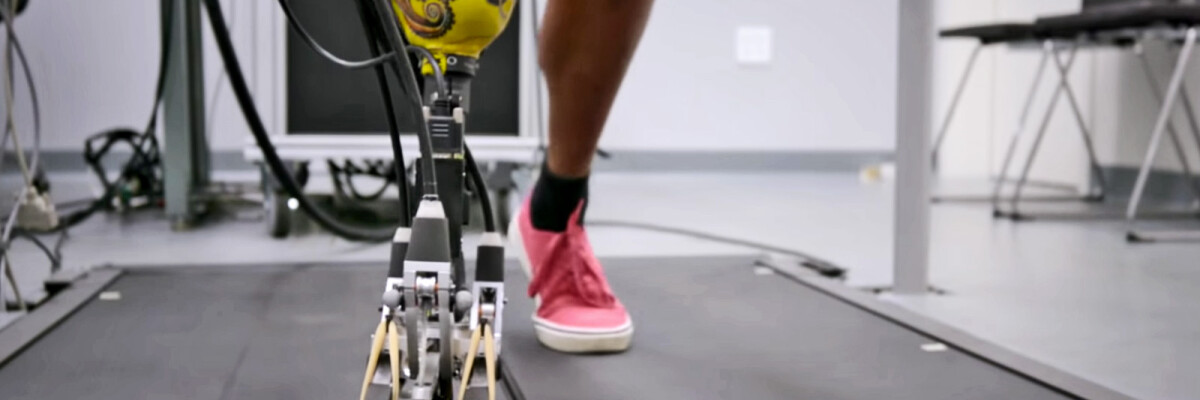The scientists who were involved in the project assure that their new prosthesis will not only do a great job handling any terrain, but also prevent limping.
The prices of modern prostheses can be infinitely high, but they are far from being able to really emulate a hand or a foot. Moreover, people who lost their lower limbs risk losing balance on any rough terrain, as artificial feet are not adapted for proper weight distribution.
However, none of the above applies to the innovation created by Stanford University scientists, because the design of their new prosthesis is incredibly similar to a real leg. Special attention should be paid to the prosthetic foot developed by them.
Like a real foot, it comes into contact with the surface at three points that have inbuilt pressure sensors providing feedback. Once a prosthesis user starts walking, the heel and toe come into motion evenly distributing the user’s weight. Moreover, the prosthesis has a proper contact with terrain irregularities, springs back at the end of the step and tracks the foot location
The device has already been tested using computer simulation and by a volunteer.
Share this with your friends!





Be the first to comment
Please log in to comment